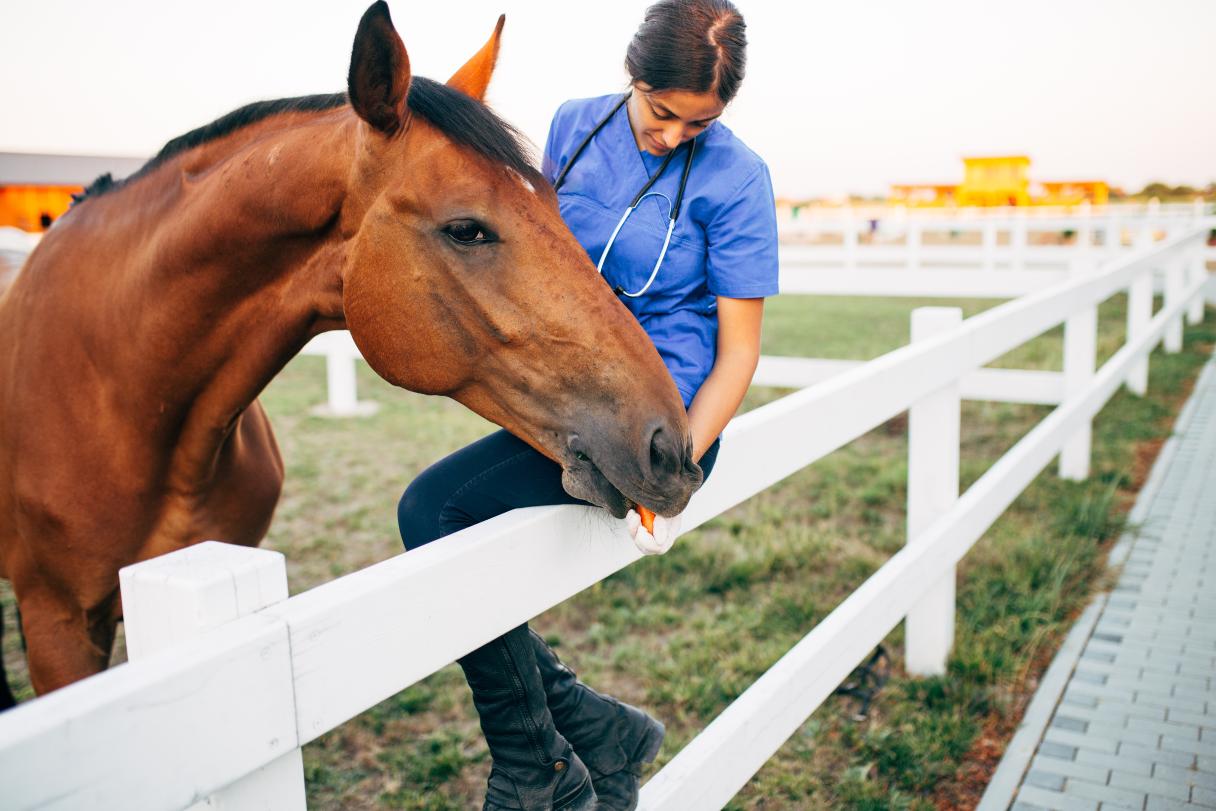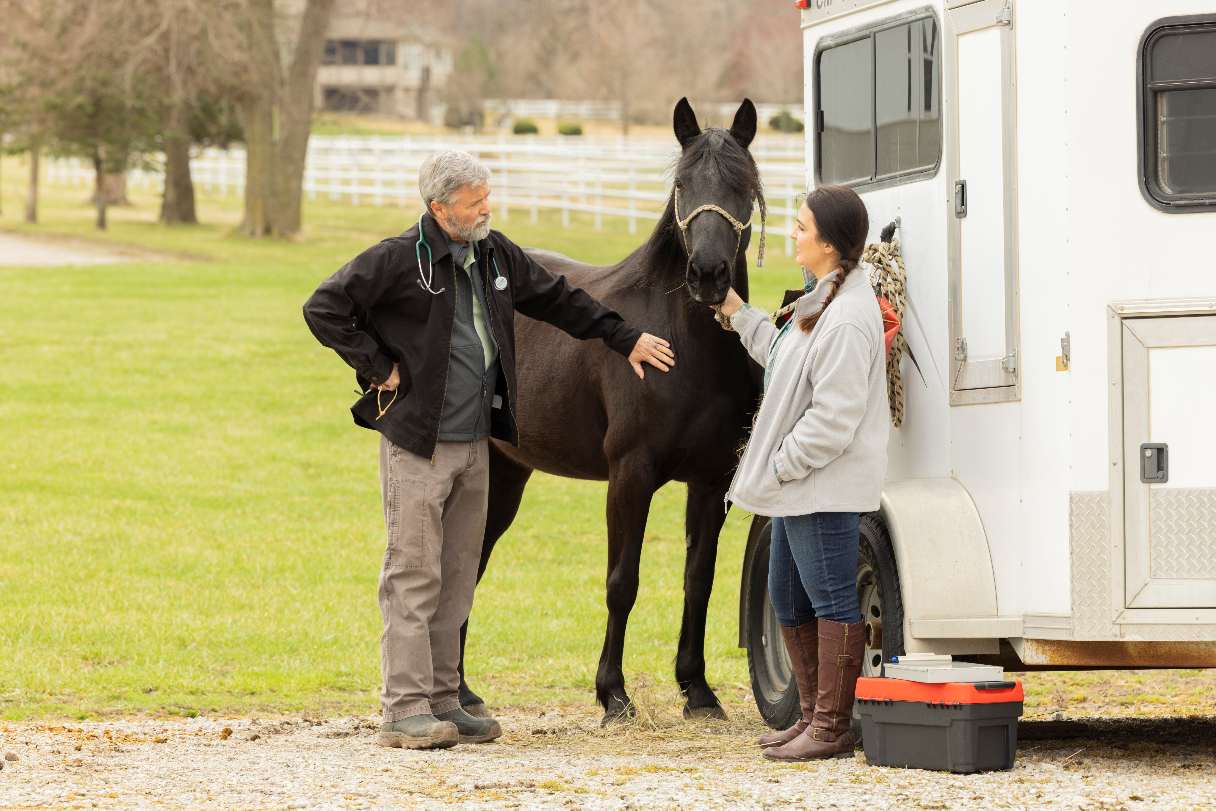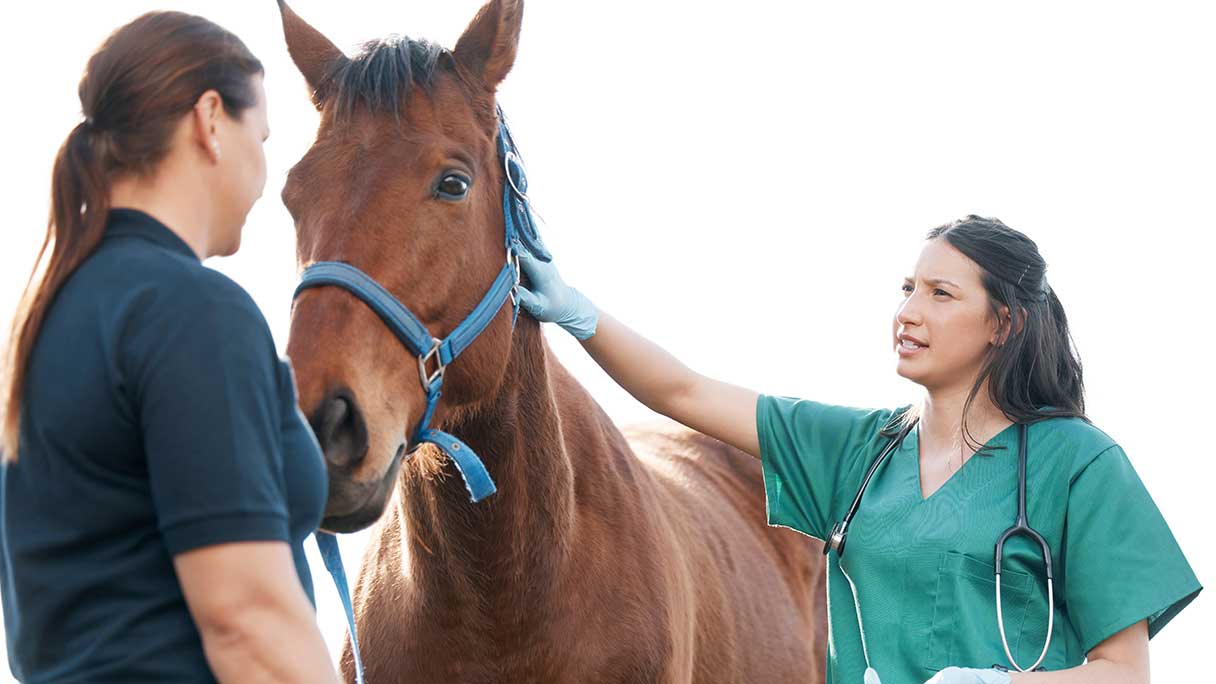How Do Ambulatory Equine Vets Decrease Accounts Receivable?
You don't have to accept late payments as the norm just because you have an ambulatory practice. Learn helpful tips for minimizing your A/R.
By Linda Hagerman, D.V.M.
Veterinarian
Posted May 30, 2025 - 3 min read

View the original article, titled "How Do I Decrease Accounts Receivable in My Ambulatory Equine Practice?," published in a supplement of the December 2024 issue of The Modern Equine Vet.
Equine practice is a highly rewarding career, but it’s not an easy one, especially for ambulatory practitioners. Balancing the demands of daily practice with the needs of the business while on the road is challenging, to say the least. But to provide prosperous careers for ourselves and our employees, and to keep our practices viable, we must make our financial health a priority.
Collecting payment at the time of service and maintaining low accounts receivable (A/R) is a key way to ensure a thriving practice. Here are some strategies to help you do this.
Develop a Culture of Collection
Collecting payment at the time of service is a whole-team effort. The practice owner and/or manager leads this charge by creating a financial policy that states payment is required when services are provided. They then share the policy with associates, staff and clients and create a system of regular follow-up to ensure it’s being upheld.
If your clients are used to receiving a bill, manage their expectations through proactive communication. Discuss payment options when appointments are scheduled and again when you present your treatment plan and associated costs. This can help head off uncomfortable financial conversations when it’s time to pay. With time and consistency, you’ll see your practice culture change.
Be Selective With Clients
If a new client calls with an emergency, take time to talk to them on the phone to assess their situation. Find out who their regular veterinarian is, give them a cost estimate and establish the method of payment before heading out to help. Be especially careful if there are other veterinarians closer to them — the client may be in arrears with surrounding practices.
Monitor Your A/R Metrics
To meet your financial goals, be mindful of key performance metrics. Keep your A/R total under 9% of revenue and your days-to-collection number as low as possible. Here’s the formula:
- A/R beginning of period + A/R end of period ÷ 2 = Average A/R
- Total sales ÷ Average A/R = % of A/R to sales
- % of A/R to sales × 365 = Days to collection
Take-Home Message
The success of a veterinary practice is determined by a mix of business and veterinary skills, yet few of us get the business education we need during veterinary school. We can start by collecting payment at the time of service and decreasing A/R to create more profitable practices that let us continue providing care to the horses and clients that need it.
Here are some tips for managing accounts receivable:
- Make sure payment is worked out before providing services. Establish the payment method when the appointment is booked.
- Make your billing period from the previous 16th to the current 15th of the month. This aligns with client end-of-month bill payment habits.
- Offer flexible financing with the CareCredit health and animal care credit card, which provides a mobile-friendly experience accessible anywhere.
- Take card readers into the field to collect credit and debit payments, and accept online options such as PayPal, Venmo and CareCredit.
- Do not accept checks from first-time clients.
- Be prepared with a collections strategy if clients don’t pay.
A Flexible Financing Solution for Your Equine Veterinary Practice
Looking for a way to give your clients a flexible way to pay for care throughout their horse's lifetime? Consider offering the CareCredit credit card as a financing solution. CareCredit allows horse owners to pay for equine veterinary services over time while helping to enhance the payments process for your practice.
When you accept CareCredit, clients can see if they prequalify with no impact to their credit score, and those who apply, if approved, can take advantage of special financing on qualifying purchases.* Additionally, you will be paid directly within two business days.
Learn more about the CareCredit credit card as a veterinary financing solution or start the provider enrollment process by filling out this form.
Author Bio
Dr. Linda Hagerman has owned Tacoma Equine Hospital in Tacoma, Washington, since 2000. She and her five associates focus on providing outstanding preventive care along with advanced specialty services for those who need it. She was a speaker at the 2022 American Association of Equine Practitioners (AAEP) convention.
Healthcare payment and financing solution
The CareCredit health and wellness credit card helps improve the payment experience for patients and clients, and your financial performance.
Get StartedReady to help more patients and clients get the care they want and need?
Get StartedReady to help more patients and clients get the care they want and need?
Get Started*Subject to credit approval.
The information, opinions and recommendations expressed in the article are for informational purposes only. Information has been obtained from sources generally believed to be reliable. However, because of the possibility of human or mechanical error by our sources, or any other, Synchrony and any of its affiliates, including CareCredit, (collectively, “Synchrony”) does not provide any warranty as to the accuracy, adequacy or completeness of any information for its intended purpose or any results obtained from the use of such information. All statements and opinions in this article are the sole opinions of the author. The data presented in the article was current as of the time of writing. Please consult with your individual advisors with respect to any information presented.
© 2025 Synchrony Bank.




